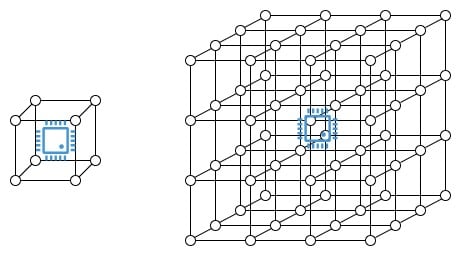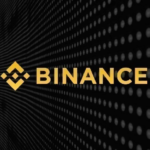In a new paper, Ethereum co-founder Vitalik Buterin examines one of the most overlooked limitations in computing: memory access time, and how a deeper understanding of it could change the way cryptographic systems are developed. Although this subject seems highly technical, it relates directly to the potential efficiency of blockchain, cryptographic proofs, and even AI models.
Memory access issues
Buterin argues that it is a mistake to think that reading or writing to memory takes a fixed amount of time, as is often the case in computer science. Rather, he presents a model that proposes that the cube root of memory size determines memory access time. Simply put, retrieving data from memory becomes progressively slower as the data gets larger, as the signal has to physically travel longer distances.

He provides real-world evidence to support this, demonstrating that the time it takes to access data increases with memory size, from CPU cache to RAM, which is surprisingly consistent with his theoretical model. This recognition goes beyond simply pointing out academic niceties. It fundamentally changes the way we think about algorithm optimization, especially in the field of cryptography, where it is common to precompute and store intermediate results.
Solving blockchain memory management
Vitalik Buterin uses the example of elliptic curve cryptography, which is a fundamental part of blockchain security, to illustrate this point. To speed up the process, developers often precompute large numerical tables. However, the speed gain can be lost if the table grows too large to fit in cache memory due to speed degradation due to increased memory accesses. One of his tests found that a small cache fitting table was faster than a larger table held in RAM.
The conclusion is simple but profound. Cryptographic efficiency requires not only faster processors, but also more intelligent memory management. As the industry moves to specialized hardware such as ASICs and GPUs, understanding the principles he presents could help guide hardware optimization for future blockchain and zero-knowledge systems.






